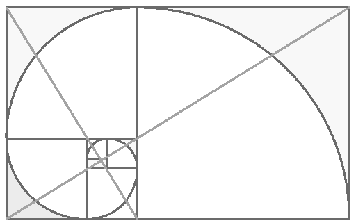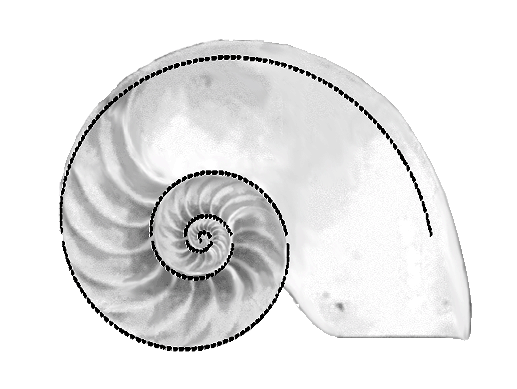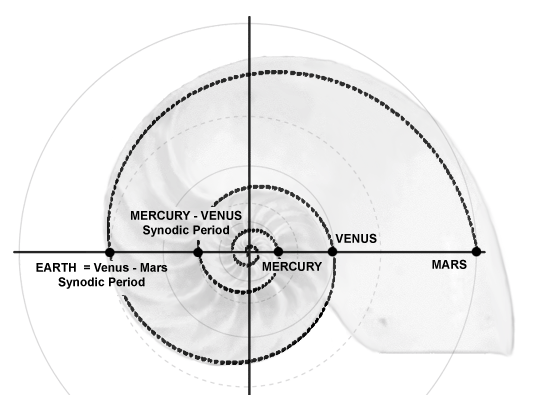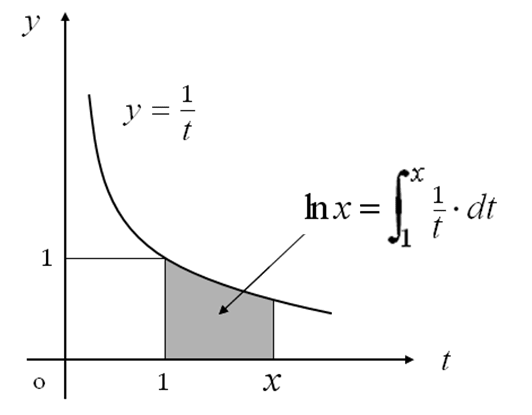SFEcon asserts the wisdom of viewing economic adjustment as a naturally occurring phenomenon: valuation is like gravitation, pressing down on all creatures great and small. Or perhaps valuation is like evolution, i.e.: a general way in which to systematize a broad spectrum of observations.
When the evolution idea is applied in accounting for the differentiation of species, there arises an instructive difficulty in that there does not seem to have been sufficient time since the earth's formation for the mechanism of natural selection to have operated alone in creating the variety of species to be observed.
One conceptual strategy for rescuing the evolution hypothesis is to assert that three-dimensional space limits the number of biological patterns that might be selected for. If states of nature are arrived at by dynamic processes of accumulation and development, then these processes must follow patterns that are both simple and repeatable as systems grow in the dimensions of time and space. Simple patterns are essential because they are the least likely to be corrupted by repetition. A paucity of such patterns might limit the options for natural selection.
The golden mean is foremost among the simple patterns to be observed everywhere in nature. Figure 1 expresses the golden mean as a ratio in the sides of a rectangle: sectioning-out of squares from this rectangle leaves a smaller rectangle having the same proportions as the larger. The pattern is simple, yet it can be grown endlessly in space without deviation from the simple rule creating it.
 Fig. 1
Fig. 1
 Fig. 2
Fig. 2
The golden mean's geometry often finds expression in nature through the logarithmic spiral. Figure 2 derives this form by its inscription in the rectangle of Figure 1.
Figure 3 depicts a chambered nautilus as an example of the log spiral’s occurrence in a natural system. Here the animal’s growth has left a spatial residue of the rule governing its temporal development.
 Fig. 3
Fig. 3
Figure 4 shows this same rule operating on the vastly different scale of a solar system.
 Fig. 4
Fig. 4
All of the antique cultures that achieved sufficient persistence and development to leave a trace in history seem to have discovered nature's use of the log spiral. What we know of their art and their technologies is generally found to have been shaped to accord with and engage the natural advantages of this formula for repeatable development in space and time.
The Viking longboat (one of history's premier technologies for economic development) is suffused with forms exhibiting proportions of the natural logarithm. These technologies are often finished with designs proclaiming their underlying pattern, as shown in the carved prow of Figure 5.
 Fig. 5
Fig. 5
Ancient wisdom might be further extended in this direction if the economist's notion of a general optimum is discovered as the pattern around which economic dynamics are stabilized. For this to be true, a prospective model of ‘economic adjustment as progress toward the optimum’ must operate on a generator of elementary forms that can grow in time and space by replication of its simple rules.
SFEcon's emulators make reference to hyperbolic forms for both the supply of, and the demand for, economic goods. Markets for economic goods, which control these emulators, are therefore computed by recursive numerical integrations arriving at the areas beneath hyperbolic functions. Thus control of the SFEcon system is traced to the natural logarithm, which is also defined by the area under a hyperbola, as shown in Figure 6.
 Fig. 6
Fig. 6
Natural logarithms are fundamental to the family of transcendental functions having a peculiar relation to Western culture's scientific worldview. It might be fairly said that any differential system whose solutions are known to us can be solved in terms of transcendental functions. Had transcendental functions never been devised, comparatively few differential systems would now be solved; and it is difficult to conjure even one naturally occurring dynamic phenomenon among the remainder of the solved problems.
The number e is also a creature of the hyperbola; and it is essential to the understanding of dynamic phenomena by way of the integral calculus. The most elementary of naturally occurring dynamic machines describe exponential decay, as of heat, radioactivity, or electrical charge. Somewhat more sophisticated notions of delay are used in common business practice, and in SFEcon, to account for the deterioration of an un-replenished or un-maintained physical asset. Exponential growth also describes the pattern of increase for un-bounded biological systems, as well as for un-serviced financial positions.
So considered, it should be difficult to imagine any expression of economic dynamics via the integral calculus that does not somehow (if only uncon- sciously) center on the hyperbolic form — that is if the investigator first resolves to discover economic causality among naturally occurring phenomena.